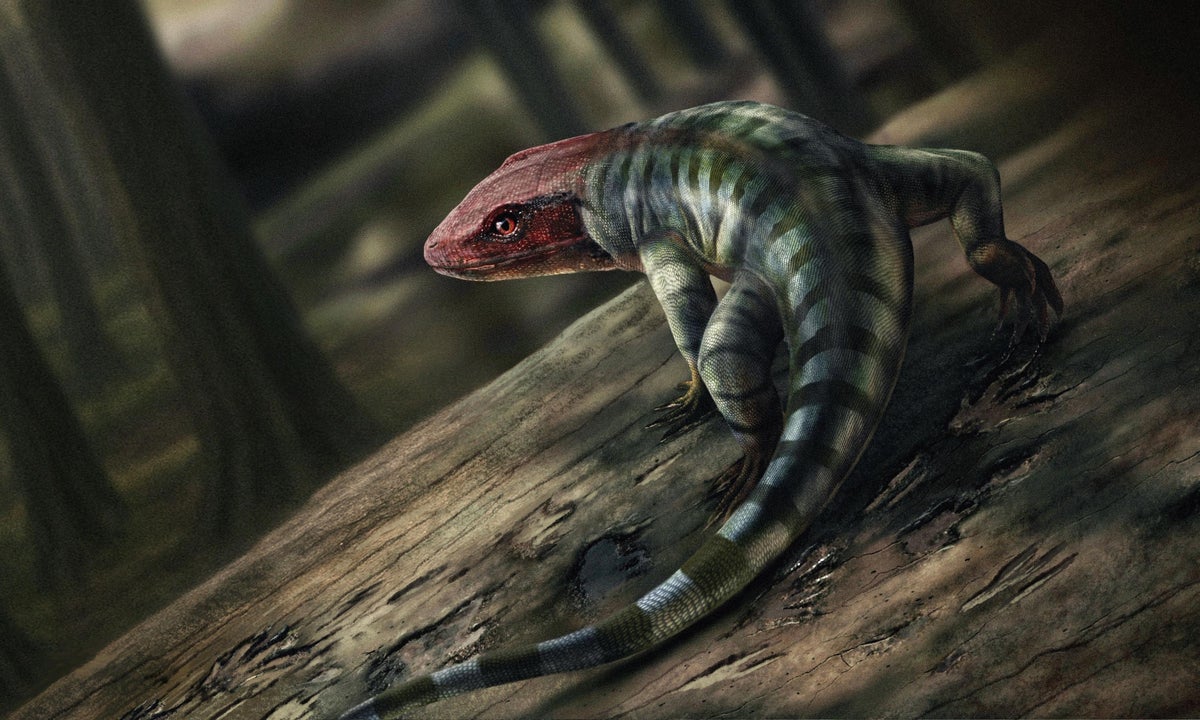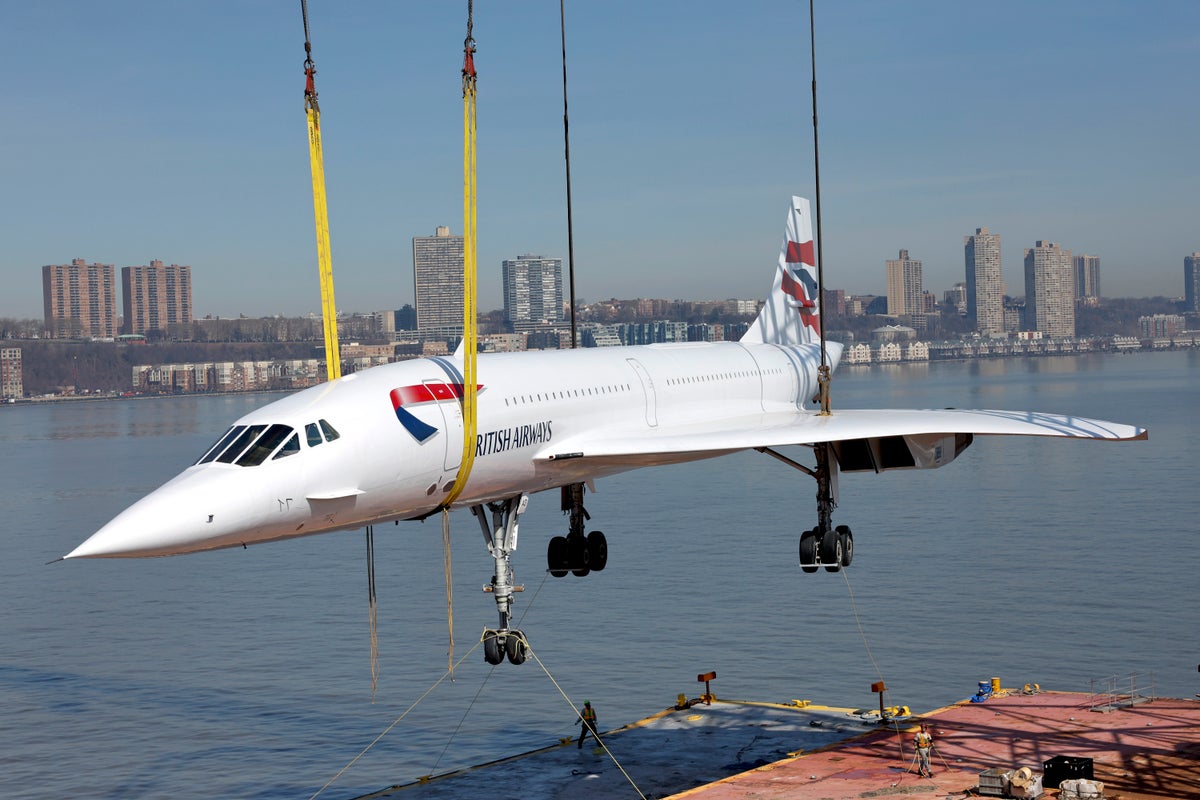Now Reading: Fossil Tracks Challenge Understanding of Early Reptile History
-
01
Fossil Tracks Challenge Understanding of Early Reptile History
Fossil Tracks Challenge Understanding of Early Reptile History

Quick Summary
- Fossilized claw tracks discovered in Australia suggest that the amniote group, which includes reptiles, birds, and mammals, appeared around 355 million years ago – 35 million years earlier than previously thought.
- Amniotes evolved to lay eggs with an amniotic membrane on land to prevent desiccation.Earlier fossils were dated to 319 million years ago in Nova Scotia but these newer findings push back their timeline significantly.
- The claw impressions found in sandstone blocks at Broken River (Victoria) do not have marks of dragging tails or bellies, implying these animals might have walked on land or moved shallowly in water.
- Geological and molecular phylogenetic analysis suggests the divergence of amphibians and amniotes could date back to the Devonian period (~380 million years ago).
- This discovery hints that Gondwana landmass (southern Pangaea) might potentially be the origin site for early amniotes rather than North America as previously believed.
Indian Opinion Analysis
This groundbreaking discovery may reshape our understanding of evolutionary history by revising timelines for key developments like egg-laying adaptations among terrestrial vertebrates.For India-which is located on part of ancient Gondwana-this research emphasizes its importance as a contributor to global paleontological studies tied to shared geological history during supercontinent formations.
further exploration within India’s fossil-rich regions such as Rajasthan or Madhya Pradesh could possibly yield complementary evidence related to life forms from similar prehistoric eras – bolstering scientific inquiry into Earth’s deep past and showcasing collaboration opportunities between Indian experts and international palaeontologists.




























